
50 Quick Facts about Alaska
¥9.71
This book is part of a series of 50 quick facts about each of the United States of America. This book covers the state of Alaska. Facts about the major cities, the history of the state, famous people linked to Alaska, the states intriguing climate and topography and many more subjects. This book contains all you will ever need to know about the last frontier state.

50 Quick Facts about Colorado
¥9.71
This book is part of a series of 50 quick facts about each of the United States of America. This book covers the state of Colorado. Facts about the major cities, the history of the state, famous people linked to Colorado and many more subjects. This book contains all you will ever need to know about the Centennial state.

Linda Ronstadt
¥73.48
Often dismissed by rock historians as a product of the antiseptic Californian country-music scene, an artist who relied on watered-down covers of classic rock n' roll and pop standards, this description of Linda Ronstadt couldn't be further from the truth. Throughout a recording career that has covered more than forty years she has recorded in a remarkable variety of styles from pure country to pop, light opera to big band standards and new wave to mariachi, often taking risks beyond the reach of many critically acclaimed artists. It would be hard, if not impossible, to find another vocalist who has had a more diversified career. In their press release for the album Winterlight her record company managed to convey exactly what it was that made Linda Ronstadt such a special artist. - "e;Versatile doesn't begin to describe Linda Ronstadt's astounding career - a wildly eclectic, devoutly adventurous journey through a myriad of styles and genres. Who else has worked with Philip Glass and Dolly Parton? Aaron Neville and Nelson Riddle? Ronstadt's unforgettably gorgeous voice, at once technically dazzling and resonating with deep emotion, has woven a magical path from rock to mariachi, from country to opera, gathering critical and commercial success at every stop along the way."e; Linda Ronstadt - A Life In Music is an unauthorised biography that traces Linda Ronstadt's career from her days as a member of The Stone Poneys, her early solo albums, the critically acclaimed albums from the seventies, her work with Nelson Riddle , the foreign language recordings and her collaborations with Dolly Parton and Emmylou Harris. The book gives an in-depth analysis of every studio album and is supported by a background to her life and the influences, musical and social, that shaped her career. Appendices in the book include a comprehensive discography, chart statistics, details of Record Industry Association of America (RIAA) and British Phonographic Industry (BPI) awards along with a list of Grammy Award nominations and wins. The book includes a foreword written by Andrew Gold.

Beethoven
¥44.05
This short biography of the famous composer Ludwig van Beethoven details his life, his works and gives the reader an interesting guide to the style that defined this master of symphonies and other musical works. It also discusses the influence he had on Wagner's style. This version has been specifically edited and formatted for today's e-readers, and makes an excellent addition to any music-related book collection.

101 Amazing Facts about Avril Lavigne
¥19.52
Are you the world's biggest Avril Lavigne fan? Or do you want to know everything there is to know about the Canadian singer and fashion icon?If so, then this is the book for you! Contained within are 101 amazing facts about everything, from how Avril got started in the music business to her love life, awards she has won plus many more. The book is easily organised into sections so you can find the information you want fast and is perfect for all ages!
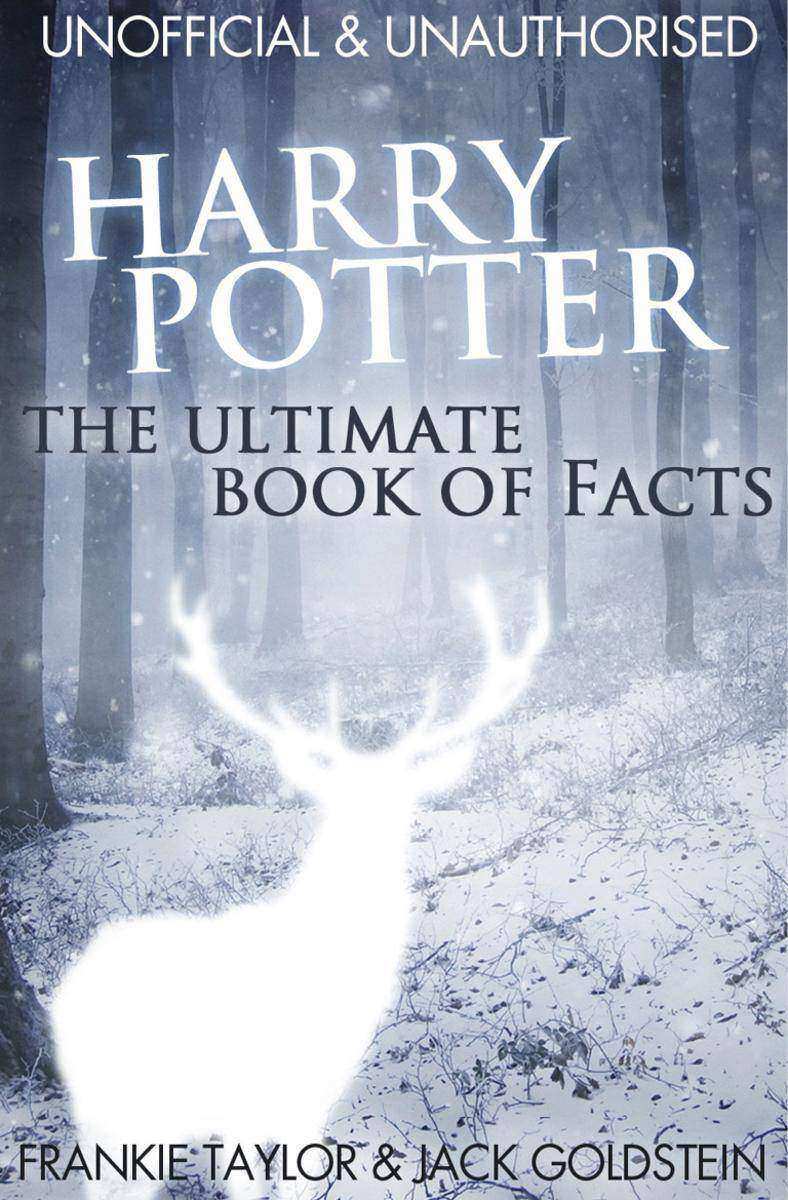
Harry Potter - The Ultimate Book of Facts
¥34.24
Are you a huge fan of Harry Potter? You have probably read every book and seen every film many times over. But how much do you really know? This excellent book has more than two hundred facts that will surprise and amaze you in equal measure. Sections include:- Harry Potter and Daniel Radcliffe- Quidditch- Hermione Granger and Emma Watson- The Ministry of Magic- The Triwizard Tournament- Hogwarts- And many moreIf you love Harry Potter and want to expand your knowledge of the series, this is the perfect way to do it - you can even use these fantastic facts to make the ultimate quiz for your friends!
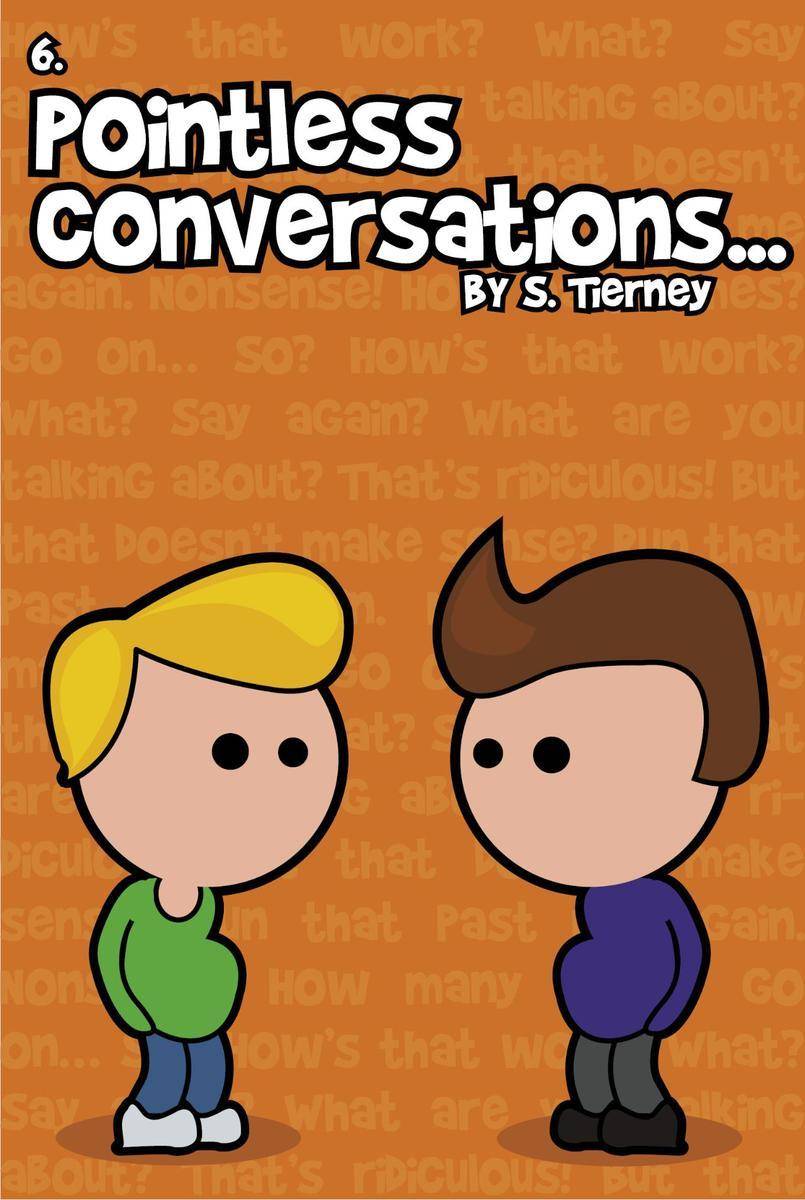
Pointless Conversations
¥19.52
Pointless conversations: a selection of daft, ridiculous and utterly pointless meanderings from the mind of Scott Tierney. If you've ever wanted to know the answers to why Superman is a coward; why Spiderman should technically be deformed; and if Superdog caused the death of Krypton, then these bite-sized comics will reveal all. The discussions may be insane, and most of what is said is rambling, but despite this, you may find yourself agreeing with most of what is said. It's a fair point: where does Spiderman store all that web?

Getting Off Escalators - Volume 2
¥29.33
Getting Off Escalators and surviving other embarrassing moments: Do you struggle to find the confidence to talk in public, without melting into a puddle of pathetic hopelessness? Are you having panic attacks when riding an escalator, or you don't feel manly enough to hold a pint with any authority of pride? Then you, sir, need this guide... or medical help... yes, medical help is probably a safer bet. But comics are funnier, so choose this. About the author: Scott Tierney is a nervous, awkward, confidence-lacking and stress-ridden writer, who produces self-help comics that provide very little guidance for those who read them. Luckily, these comics are extremely funny, so when the reader does loss their reason to live, they go out with a smile.

Autobiography of Liza Goddard
¥78.38
Liza Goddard is one of the country's best loved and hardest working actresses, but few people know the real woman behind the 'dizzy blonde' image. In this much-anticipated autobiography, Liza talks about her work, her loves and the real-life dramas that have shaped her as a woman and an actress. The book charts her early life in England and follows her to Australia, where her beloved father played a key role in helping to set up the country's fledgling television industry. As a young actress, Liza was cast in the long-running children's drama series, Skippy the Bush Kangaroo. She later returned to England, where she appeared in a host of classic TV series, including Pig In The Middle, The Brothers, Bergerac, Dr Who and Midsomer Murders. Liza talks about her working relationship with Alan Ayckbourn and explains how a planned move to America failed to materialise. Find out how Liza got together with her first husband, actor Colin Baker on the set of The Brothers, why her marriage to '70s rocker Alvin Stardust failed and how she eventually found true love with producer David Cobham. Liza also reveals the truth about her alleged affair with Bergerac star John Nettles, and reveals how she successfully sued a tabloid newspaper over the allegations. She describes her courageous battle against breast cancer and reveals how beating the disease has given her a new perspective on life. Liza explains why animals continue to play an important part in her life and recounts some hilarious stories about the assortment of creatures that have featured in her life. A warts and all account from one of Britain's most popular actresses, Working With Children And Animals will have you laughing and crying in equal measure.
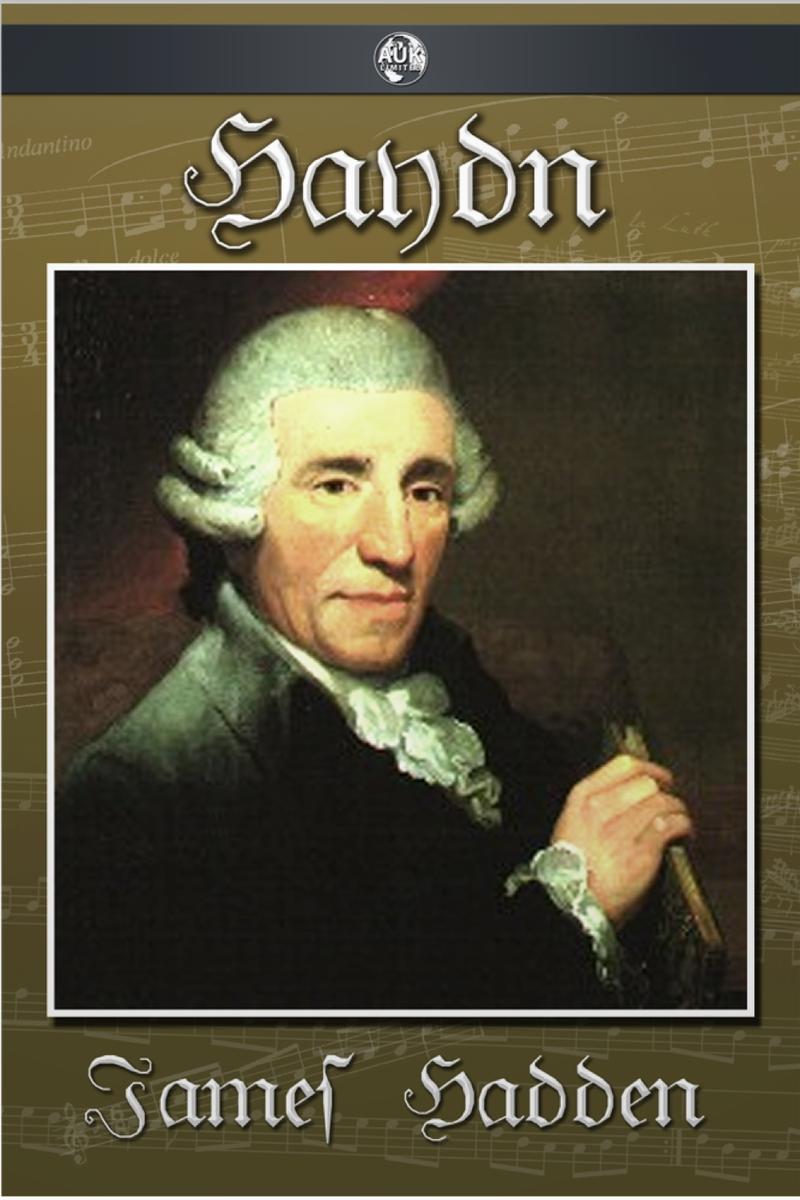
Haydn
¥19.52
A comprehensive guide to one of the greatest composers in history, Franz Joseph Haydn. This book covers the whole of Haydn's life and works.

Book of Operas
¥19.52
A comprehensive study of several great operas from the renowned musicologist Henry Edward Krehbiel. Includes in-depth analyses of: Il Bariere di Siviglia Le Nozze Di Figaro Die Zauberfloete Don Giovanni Fidelio Faust Mefistofele La Damnation de Faust La Traviata Aida Der Freischuetz Tannhaeuser Tristan und Isolde Parsifal Die Meistersinger von Nuernberg Lohengrin Haensel und Gretel

Celebrities' Favourite Pets
¥58.76
Celebrities' Favourite Pets has been put together in aid of the PDSA (People's Dispensary for Sick Animals) who provide free veterinary treatment to sick and injured animals.This fun book provides a fascinating insight into the favourite pets of people in the public eye and, along with the obvious choices, there are bound to be one or two surprises as we find out which animals celebrities choose to get close to. Hopefully the book will also get people thinking about the relationship we have with our pets.With a fitting forward by Bob Champion MBE, this book supports the work of the UK's leading veterinary charity and reminds us of the responsibility we all have towards ensuring that the nation's pets are happy and well looked after.

Living With Body Dysmorphic Disorder
¥73.48
Lea Walker first caught the public eye when she appeared on Channel 4's Big Brother programme in 2006. Her outgoing personality, surgery enhanced figure and outspoken manner kept audiences glued to their screens but behind the smiles she was hiding a long history of eating disorders, abusive relationships and unhappiness. As well as trying to come to terms with a history of violence, a failed marriage and life as a single parent, Lea has faced a continuous battle with her distorted body image. It is only recently, that she has managed to emerge triumphant from the trauma of the past and find the inner strength to finally lay her demons to rest. Living with BDD is more than a biography. It is a touching and honest account of one woman's struggle to come to terms with the crushing low self esteem and dysfunctional body image that have dominated her life. By telling her story, Lea hopes that she may be able to help others to face up to their own personal nightmares. She is living proof that there is no problem so great that it cannot be overcome.

Mercury Man
¥53.86
On 24 November 1991 people all over the world mourned the untimely death of Freddie Mercury, lead singer of rock band Queen. But for the author, Mary Howis, her life would never be the same, as, from that day forward, she was aware of a strange presence around her; someone from the spirit world - the spirit that once was Freddie Mercury, known in the spirit world as 'the Mercury Man'. Mary had been chosen for a special mission - to be an instrument for the spirit world, for Freddie, through which they could communicate. But why her? Why someone who, until the news reports of Freddie Mercury's death, had never even heard of him? Mary tells the story of her spiritual journey of discovery from disbelief, self-doubt and denial to an absolute conviction that what she was experiencing was real, the messages she was receiving were true, and they were proof that life continues after death; that Freddie was still alive, in spirit form, and had much knowledge to impart to the world. Despite the ridicule she might face, Mary knew that she was destined to write this book, to tell her story - Freddie's story - to the world, in the hope that it would bring comfort and hope to those who are suffering in their earthly bodies, who are grieving for loved ones, who are fearful of death. The message is clear: death is not the end, it is a new and exciting beginning.
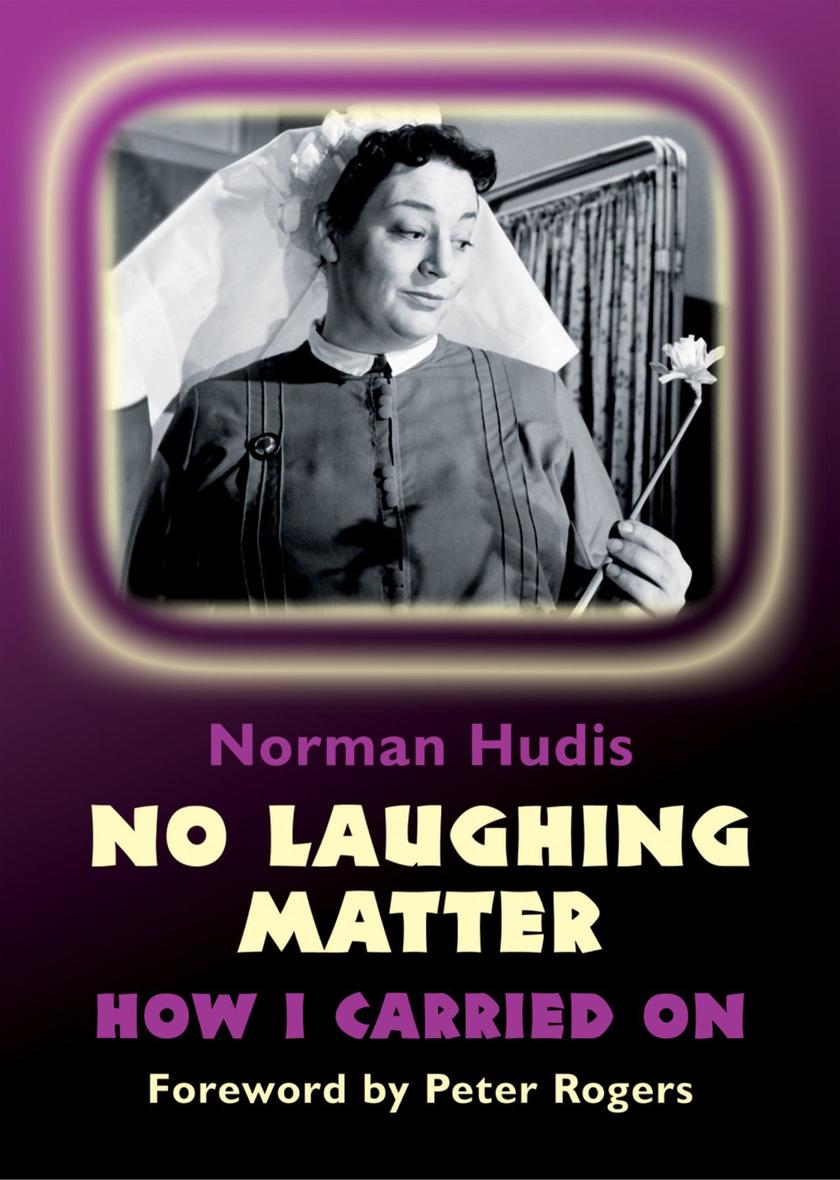
No Laughing Matter
¥58.76
For the first time, in NO LAUGHING MATTER, Norman Hudis, who wrote the first six Carry On movies, reveals his hitherto secret, decades-long and quixotic writing-activity since he left the series. It's this: He Carried On Writing Carry On stories in the hope that, one day, he'd be asked to return and come up with one! Two typical intriguing examples, elaborated in these memoirs: "e;Carry On Under The Pier If Wet"e;, skewering two doughty British institutions, the seaside concert-party and boarding-house - and, most audacious of all, "e;Carry On Shylock Holmes."e;. More firsts revealed within these pages: Norman's frank and terse opinions about, among others, Ted Ray, Hattie Jacques, Joan SIms ("e;Did I sleep with her?"e;), Charles Hawtrey ("e;Do you believe in fairies?"e;), Kenneth Connor and Kenneth Williams and, in Hollywood, Elvis Presley, Robert Young, Anne Baxter, Erik Estrada, Joan Crawford and Harold Shmidlap ("e;Who's he?"e; Hint: legendary creator of the TV series "e;Frontier Accountant."e;). Emerging, somewhat bewildered, but with a firm sense of comedy implanted in him by undergoing upbringing by a rather odd family, Norman felt compelled to seek substitute families to redress the balance: respectively as a young newspaperman, then serving airman in the WWII RAF, plus post-war film publicist and, finally, fully home, as a writer. This autobiography, therefore, with a fitting foreword by Carry On producer Peter Rogers, is Norman Hudis in a succinct and delightful nutshell. In his words: "e;I call the book NO LAUGHING MATTER as an understatement, because my life, beginning with the upbringing by my unconventional family, has actually been such a hysterical hoot, it's no great wonder that I write comedy. After all, let's face it, I've lived it."e;

101 Amazing Facts about Blink-182
¥19.52
Are you the world's biggest Blink-182 fan? Do you know everything there is to know about pop-punk's greatest band? Or are you new to the scene and want to become an instant expert on the band everyone is talking about? Then this is the book for you. Contained within are 101 amazing facts covering everything from the band's early days through the more difficult times (including the infamous plane crash) right up to their 2016 comeback - although WE all know they never really went away! Amaze yourself and your friends with these handily-packaged facts which are easily organised into relevant categories for maximum enjoyment.
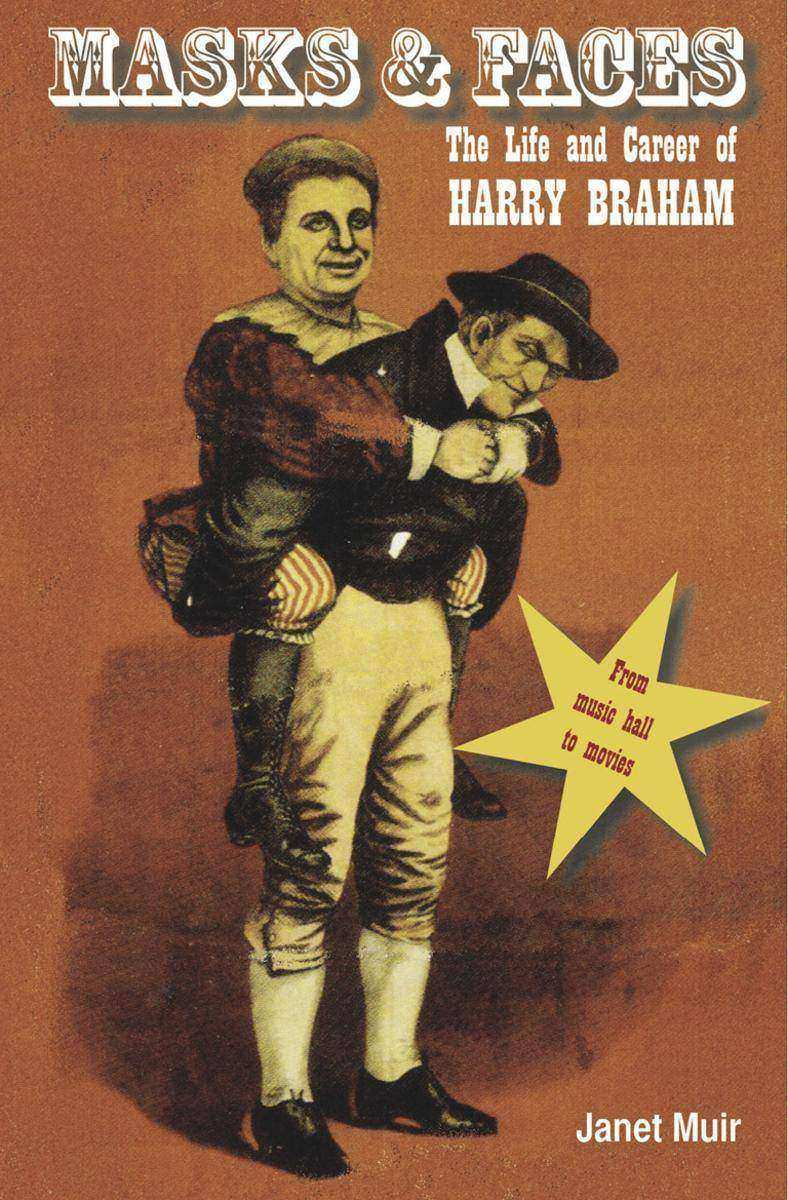
Masks and Faces
¥88.19
Everyone on deck! All hands on deck! Fire! Fire! Bring the hose quick! As the steamship lurched in the heavy seas, Harry Braham grabbed what clothes he could and struggled with the other terrified passengers to climb the ladders. On deck, with the rain lashing down and the wind howling, he gripped the rails of the ship tightly, trying to stay upright. With horror he saw the flames leaping high in the hold and he thought his time had come.It was June 1891. A music-hall star famous for his comic songs and his ability to 'pull mugs', Harry - a seasoned traveler - was on his way from New York to his home in London, after a busy season appearing in a play by W H Crane. As the crew prepared the lifeboats, Harry looked back at his life - his apprenticeship with the Royal Christy Minstrels, his acclaimed tours of Australia and the USA, and his marriage to the vivacious but temperamental singer Lizzie Watson. Was this to be the end? In this well-researched and lively biography, full of fascinating social background, Janet Muir (Harry Braham's great-great-niece) brings to life the world of the Victorian music-hall and traces Harry's career from minstrelsy through to 'legitimate' theatre and finally to moving pictures, where he landed a part in D W Griffith's Birth of a Nation.
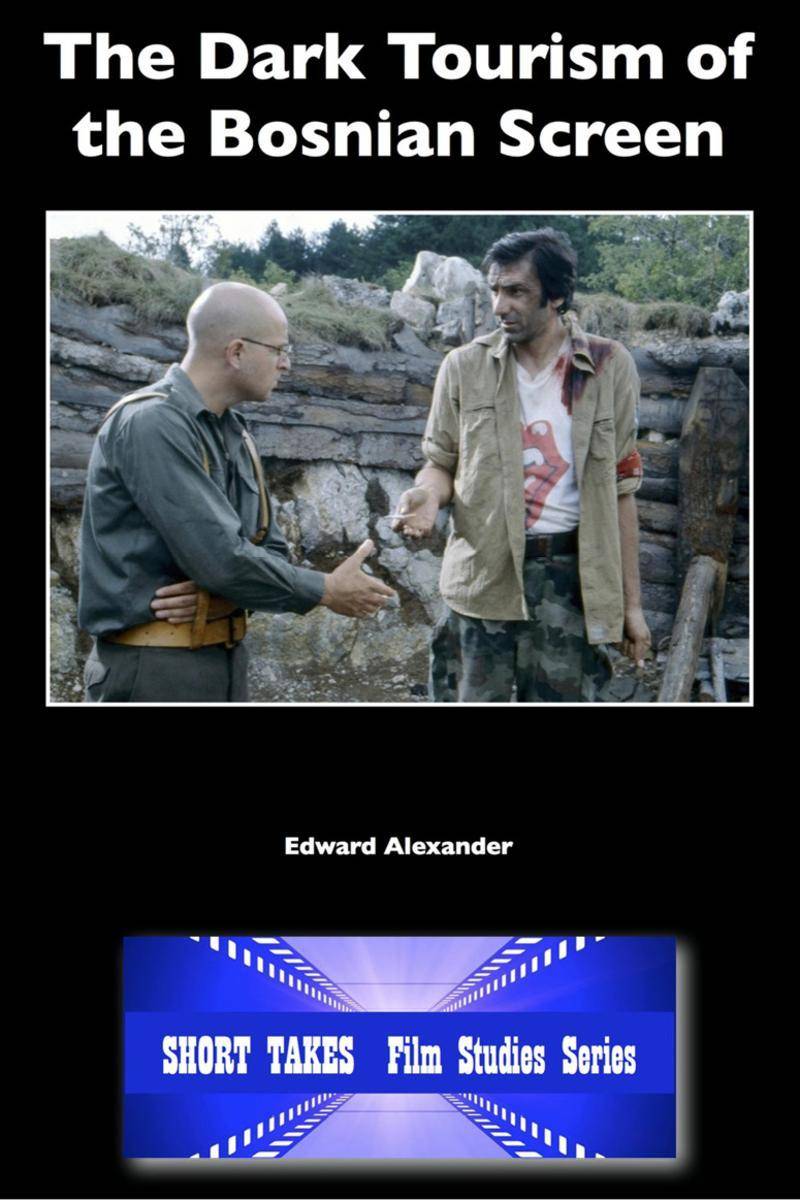
Dark Tourism of the Bosnian Screen
¥19.52
How is it possible that despite the destruction of its infrastructure during the Siege of Sarajevo in the 1990s, Bosnian cinema rapidly rose to claim many of the most prestigious awards in world cinema during the 2000s? Were Bosnian films simply 'better' than those from neighbouring post-Yugoslav countries? Perhaps not. This work proposes that the international success of Bosnian films since the turn of the millennium has been due to how they enact Western prejudices concerning the war and its consequences. Delivering films with national narratives which associate the country with primitiveness and victimhood, Western audiences have engaged in dark tourism of the Bosnian screen.

Union J Quiz Book
¥24.43
Are you a fan of Union J? If so, you will probably be able to name the band members but how much else do you know about the four boys? Whether you are fully familiar with the lads from Union J, or would like to find out more about them, this quiz book is for you. With what record company did Union J sign after their time on The X Factor in 2012? Where did Union J first perform their single 'Carry You'? During what month in 2013 did Union J take over the Daybreak sofa at 7.50 am each morning for a week? The answers to these questions and more can all be found inside this new book. Packed with fun facts about all aspects of Union J, including many personal details, The Union J Quiz Book documents the boys' journey from four unknown artists into successful X Factor boy band and beyond. With 100 questions about your favourite group, this is a book Union J fans of all ages just won't want to be without.

101 Interesting Facts on The Wanted
¥24.43
Do you like British boy band The Wanted? Have you followed their career from when they first formed in 2009 through to the current day? Would you like to find out more about Max, Siva, Jay, Tom and Nathan? If you answered yes to any of these questions, 101 Interesting Facts on The Wanted is certain to appeal to you. Do you know who is the oldest member of the group? Which artist did The Wanted support on tour in Brazil? What member of the band originally came up with the name, The Wanted? The answers can all be found inside this book, together with many more fascinating facts about your favourite band. Fun and informative, this book includes many personal details about the individual band members as well as up-to-date information about The Wanted's projects, past and present. Gen up on The Wanted so that you can impress your friends with your knowledge. If you are a fan of The Wanted, you won't want to be without this book.

Ultimate Doctor Who Quiz Book
¥39.14
Are you a big fan of Doctor Who? Have you watched all of the series from years gone by through to the present day? Can you name the various actors who have played the Doctor from William Hartnell to Matt Smith? If you can tell a Hath from the Heavenly Host and a Sontaran from a Slitheen, you are certain to enjoy this fun new quiz book? What was the title of episode one of the first Doctor story, The Daleks? Who played The Siren in the eleventh Doctor story, The Curse of the Black Spot? What companion has appeared in the most episodes of Doctor Who since its return in 2005? The answers to these brain-teasers and more can all be found inside The Doctor Who Quiz Book. As the iconic series celebrates 50 years of production, have a go at the 500 questions in this book to find out how much you really know about the Doctor. This is a must-have tribute for Doctor Who fans of all ages.




 购物车
购物车 个人中心
个人中心



